The matchlock arquebus was introduced to Japan by the Portuguese in 1543, on the island of Tanegashima. They sold two arquebuses for a fortune, which the Japanese quickly copied. It is estimated that ten years later Japanese blacksmiths had made 300,000 copies... These weapons played a major role in the last battles of the Momoyama period, notably during the Battle of Nagashino which saw the Takeda cavalry, considered invincible, massacred by the arquebusiers of the Oda and Tokugawa clans.
After the Battle of Sekigahara, which achieved Japanese unity, the shogun Tokugawa Iyeyasu quickly decided to close Japan to foreigners, and the only firearm system that was used in Japan for both war and hunting or recreational shooting practiced by the Daimyos remained for almost 3 centuries the matchlock arquebus. The change took place in the Meiji period (1868) when modern Western weapons made arquebuses obsolete.
THE BARREL is made of iron, it is cylindrical. It is inlaid with silver flower and bird motifs and at the level of the thunder we recognize the representation of the cape and the hat of invisibility, and the turnip of Daikoku. A small stylized character in a circle is probably the signature of the chaser who made the decorations. The muzzle of the barrel is tulip-shaped and it is decorated at its base with a small geometric frieze.
Rear sight and front sight are made of brass. Internal diameter of the barrel at the muzzle: 14 mm
The iron basin is functional and communicates through the "light" with the inside of the barrel. It is complete, with the iron protective rampart, and the brass basin cover (often absent on these arquebuses).
The barrel is held to the butt by a brass ring
THE MECHANISM: It works perfectly, the external spring brings the coil into contact with the basin for firing. When the hammer is cocked, it holds well in position.
THE STOCK: it is in one piece, in mountain oak. On the internal face we find the blind hole intended to extinguish the fuse after firing.
IMPORTANT: as some collectors (not many) of Japanese arquebuses practice shooting with these weapons, I must specify that even if the firing mechanism of this one works very well, the barrel, although not obstructed, is not currently intended for shooting. So as for the European wheellock arquebuses, we will wisely refrain from trying to fire this weapon with powder and ball!
This weapon is authentically Japanese and remains a beautiful decorative object Barrel length 58 cm, total length of the arquebus 93 cm
Shipping costs France 40€ Europe 50€, no shipping outside Europe for customs reasons.
Ref D-2462





























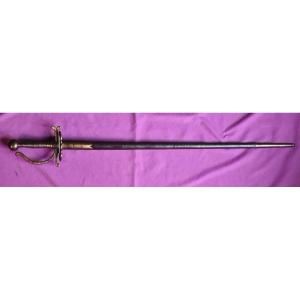

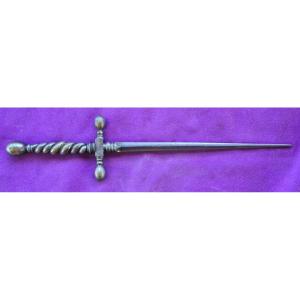
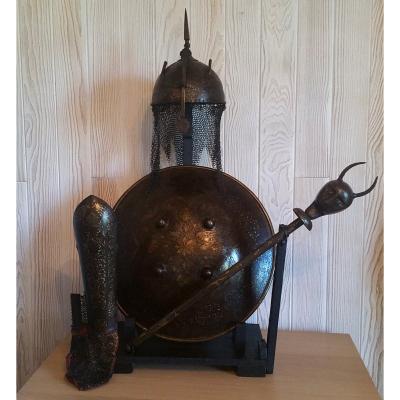


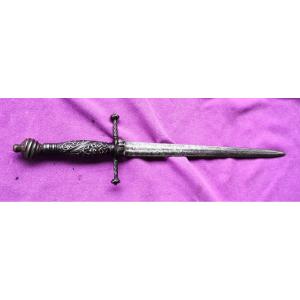

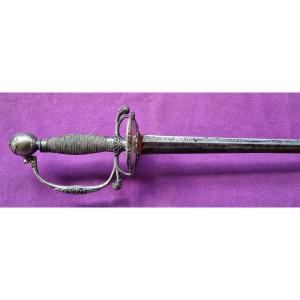

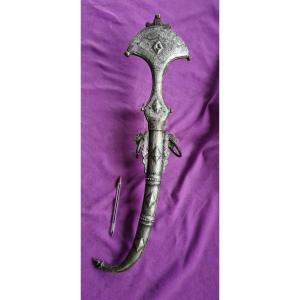
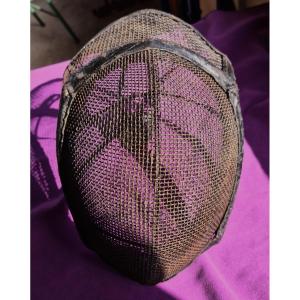

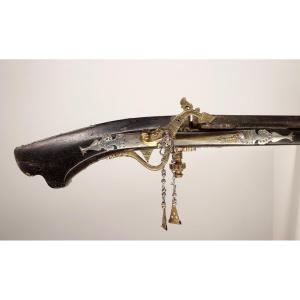
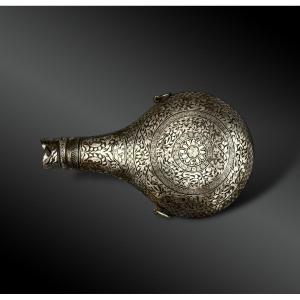






 Le Magazine de PROANTIC
Le Magazine de PROANTIC TRÉSORS Magazine
TRÉSORS Magazine Rivista Artiquariato
Rivista Artiquariato